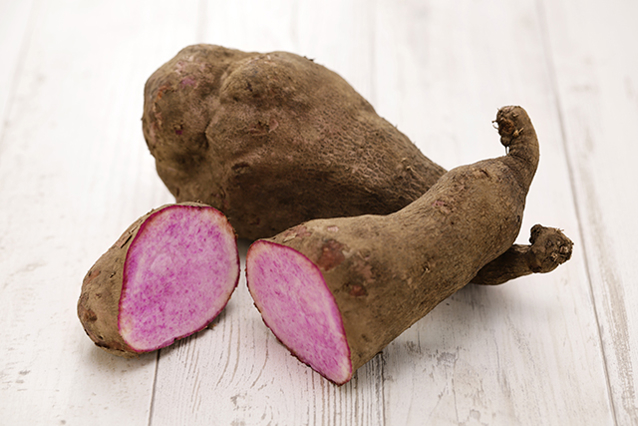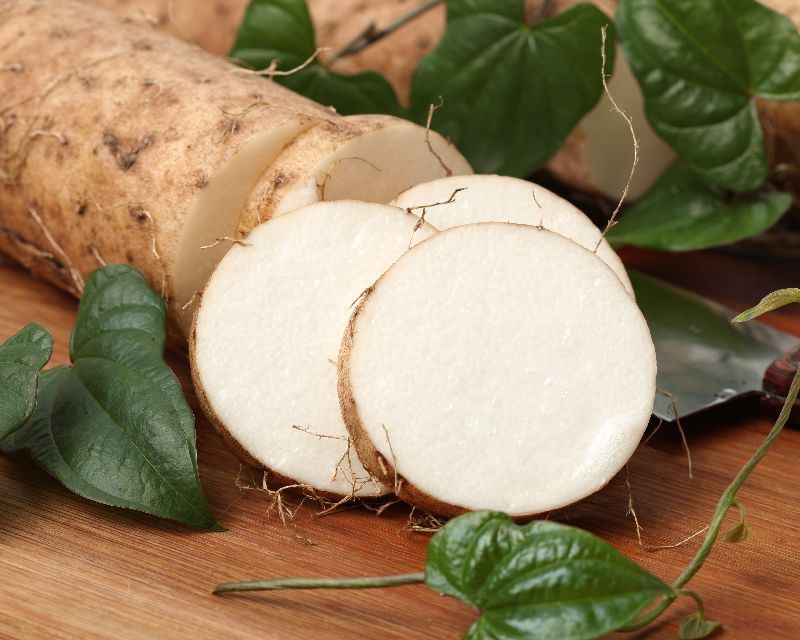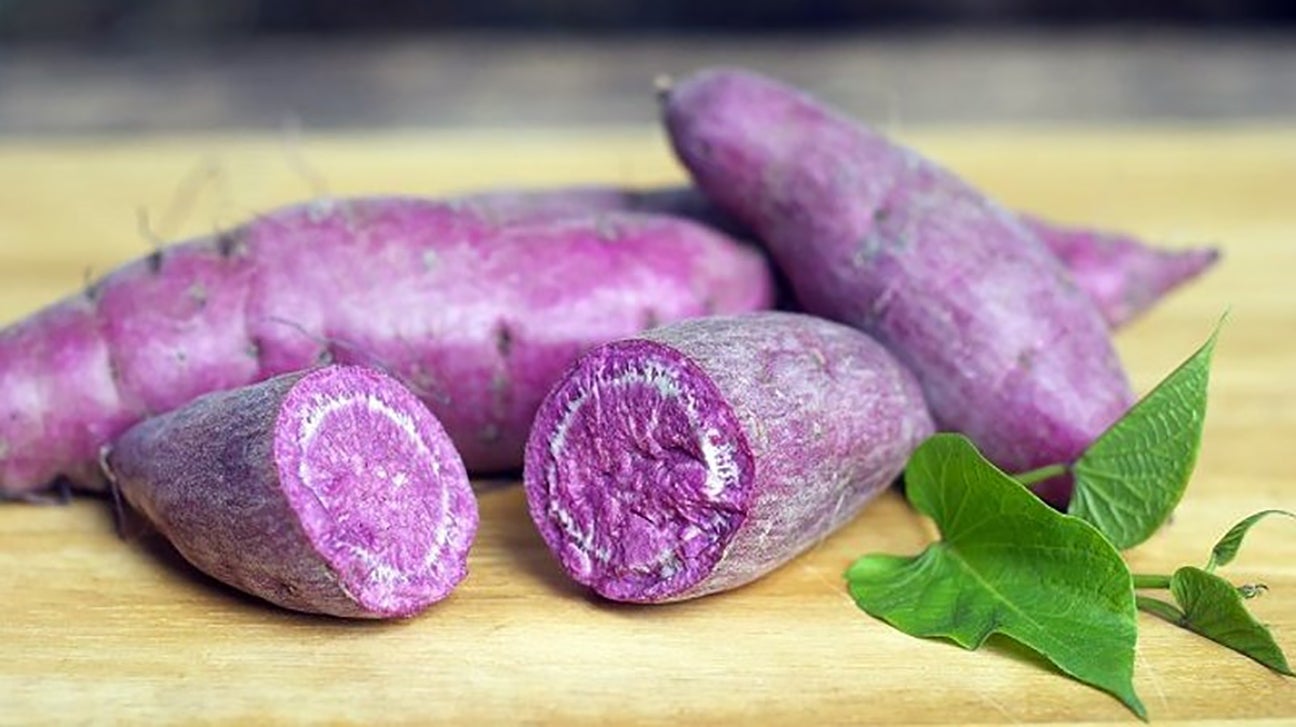Unlocking the Secrets of Purple Yam Propagation
Purple yam, a type of Dioscorea, is a fascinating and nutritious crop that has been gaining popularity among gardeners and food enthusiasts. With its vibrant purple color and unique flavor, it’s no wonder why people are eager to learn how to grow purple yam. This exotic crop offers numerous benefits, including its high nutritional value, ease of preparation, and versatility in various recipes. To successfully cultivate purple yam, it’s essential to understand the plant’s requirements and propagation methods. By grasping these fundamentals, you’ll be well on your way to enjoying a bountiful harvest of this delicious and nutritious crop.
Choosing the Right Environment for Your Purple Yam
When it comes to growing purple yam, creating a suitable environment is crucial for the plant’s success. To thrive, purple yam requires a warm and humid climate with average temperatures ranging from 75°F to 85°F (24°C to 30°C). In terms of soil, purple yam prefers well-draining, rich soil with a pH between 5.5 and 6.5. Additionally, the plant needs partial shade to full sun, depending on the climate. To replicate these ideal conditions, gardeners can use greenhouses, cold frames, or row covers to control the temperature and humidity. By providing the right environment, you’ll be well on your way to learning how to grow purple yam successfully.
How to Plant and Care for Your Purple Yam
Once you’ve created a suitable environment for your purple yam, it’s time to plant and care for your tubers. To get started, prepare the soil by loosening it to a depth of 12 inches and mixing in organic matter such as compost or manure. Plant the tubers 2-3 inches deep and 12-18 inches apart, with the “eyes” or buds facing upwards. Water the soil gently but thoroughly after planting. As your purple yam grows, it’s essential to provide regular care, including watering, fertilization, and pest management. Water your plants regularly, but avoid overwatering, which can lead to rot and other diseases. Fertilize your purple yam plants every 2-3 weeks with a balanced fertilizer, and keep an eye out for common pests such as nematodes, aphids, and whiteflies. By following these steps, you’ll be well on your way to learning how to grow purple yam successfully and enjoying a bountiful harvest.
The Art of Providing Support for Your Purple Yam
As your purple yam plant grows, it will need support to thrive. The vines of the purple yam plant can grow quite long, and without support, they can become tangled and prone to damage. To provide support, you can use a trellis, stake, or cage to train the vines to grow upwards. This will not only keep the vines organized but also encourage the plant to produce more tubers. When choosing a support method, consider the mature size of your purple yam plant and the weight of the tubers. For example, a sturdy trellis or stake can provide the necessary support for a large, heavy harvest. Additionally, you can use twine or clips to gently tie the vines to the support, making sure not to constrict the plant’s growth. By providing the right support, you’ll be able to enjoy a healthy and productive purple yam crop, and learn how to grow purple yam with ease.
Pest and Disease Management for a Healthy Purple Yam Crop
As with any crop, purple yam plants are susceptible to pests and diseases that can hinder their growth and productivity. To ensure a healthy and thriving crop, it’s essential to be aware of the common issues that can affect purple yam plants and take steps to prevent and control them. Nematodes, fungal infections, and aphids are some of the most common pests and diseases that can affect purple yam plants. To prevent these issues, maintain good garden hygiene, remove any infected plants, and use organic pest control methods whenever possible. Regularly inspect your plants for signs of pests or diseases, such as yellowing leaves, black spots, or white powdery patches. If you do encounter any issues, use targeted treatments, such as neem oil or copper-based fungicides, to address the problem. By being proactive and taking steps to prevent and control pests and diseases, you’ll be able to enjoy a healthy and productive purple yam crop, and master the art of how to grow purple yam successfully.
Harvesting and Storing Your Purple Yam Crop
After months of nurturing your purple yam plants, it’s finally time to harvest the fruits of your labor. The ideal time to harvest purple yam tubers is when the vines start to yellow and die back, indicating that the tubers are mature. Carefully dig up the tubers, making sure not to damage them, and gently brush off any excess soil. Once harvested, store the tubers in a cool, dry place with good ventilation to maintain their quality. You can also store them in a paper bag or breathable container to keep them fresh for a longer period. When storing, make sure the tubers are not touching each other to prevent moisture from accumulating and causing rot. By following these simple steps, you’ll be able to enjoy your homegrown purple yam for months to come, and reap the rewards of learning how to grow purple yam successfully.
Troubleshooting Common Issues in Purple Yam Cultivation
Despite your best efforts, you may encounter some common issues during purple yam cultivation. Slow growth, yellowing leaves, or poor tuber formation can be frustrating, but there are solutions to these problems. If you notice slow growth, check the soil temperature, as purple yam prefers warmer temperatures. Ensure the soil is well-draining and has adequate nutrients. Yellowing leaves can be a sign of overwatering or underwatering, so adjust your watering schedule accordingly. Poor tuber formation can be caused by inadequate support or insufficient light, so provide the necessary support and ensure the plant receives sufficient light. By identifying the root cause of the issue and taking corrective action, you can overcome these common problems and successfully grow purple yam. Remember, learning how to grow purple yam requires patience, persistence, and attention to detail. With these troubleshooting tips, you’ll be well on your way to enjoying a bountiful harvest of this exotic and nutritious crop.
Conclusion: Enjoying the Fruits of Your Labor
By following the guidelines outlined in this article, you’ll be well on your way to successfully growing your own purple yam. Remember, learning how to grow purple yam requires patience, dedication, and attention to detail. With the right environment, proper care, and effective pest management, you’ll be able to enjoy the rewards of cultivating this unique and nutritious crop. Whether you’re a seasoned gardener or a beginner, the process of growing purple yam can be a fun and rewarding experience. So, don’t be afraid to get started and experiment with different techniques to find what works best for you. With time and practice, you’ll be enjoying the fruits of your labor and reaping the benefits of growing your own purple yam.








